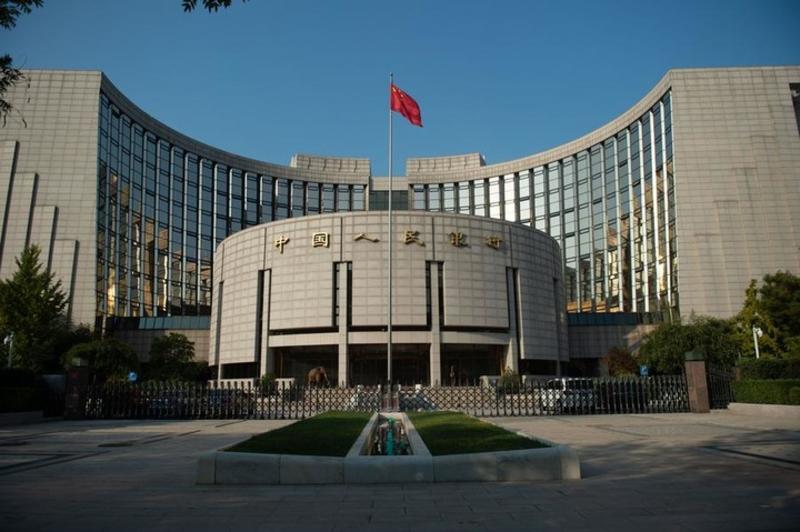Policy package a move to counter external headwinds


China's central bank and financial regulators have made some timely changes to monetary and financial policies to enhance liquidity, support key sectors and stabilize capital markets amid global economic uncertainties. The measures were announced at a State Council Information Office news conference on Wednesday.
The central bank will reduce the reserve requirement ratio by 0.5 percentage points and cut the policy benchmark of interest rates by 0.1 percentage points. The seven-day reverse repo rate will be cut from 1.5 percent to 1.4 percent.
Also, the government will cut the interest rate on individual housing provident fund loans by 25 basis points. For first-home buyers with loan terms running over five years, the rate will be lowered from 2.85 percent to 2.6 percent; rates for other maturities will be adjusted accordingly. The move is expected to save homebuyers more than 20 billion yuan ($2.76 billion) per year in interest payments. And the central bank will lower the interest rates on structural monetary policy tools by 25 basis points.
China is committed to the stability of the capital market. Relevant authorities will revise regulatory rules for insurance companies, reducing the risk factor for equity investments in solvency capability evaluation by another 10 percent.
Also the pilot program for long-term investment of insurance funds will be expanded to usher in more funds to the market, and the policymakers will accelerate the rollout of financing mechanisms compatible with the country's new model of real estate development.
The country will also establish a new relending facility worth 500 billion yuan to support consumption in the service sector and in elderly care. The consumer market has already demonstrated resilience. The State Taxation Administration released value-added tax invoice data on Tuesday to show that during the just-concluded five-day May Day holiday, sales revenues of consumer-related industries increased 15.2 percent compared to the corresponding period last year. Specifically, retail sales of household appliances such as refrigerators and washing machines surged 169.8 percent, sales of audiovisual products such as television sets grew 153.1 percent, and of communication devices such as smartphones 118 percent. The holiday also saw a tourism market boom, with the nation's famous scenic areas seeing a 42.7 percent increase in sales revenues year-on-year.
These policies underscore the government's proactive stance in countering external headwinds. In the short term, the RRR cut and rate adjustments should ease corporate funding costs, particularly for small and medium-sized enterprises and tech companies. The capital market measures may trigger a near-term rally, though sustainability hinges on followthrough reforms.
In the long term, the real estate sector's stabilization remains pivotal. Technology and green industries are clear policy beneficiaries, aligning with China's economic transition goals, thanks to the announcement that the quota for another relending facility to support technological innovation and technical transformation will be expanded by 300 billion yuan.
The Wednesday news conference reflects a calibrated strategy to shore up short-term sentiment while reinforcing structural economic shifts. The emphasis on liquidity provision, market stability and targeted sector support suggests policymakers are attuned to both immediate risks and long-term growth imperatives.
China's financial regulators need to remain agile due to the global volatility. The success of these measures will ultimately depend on execution efficiency and private-sector responsiveness.
For now, the message is clear: China's financial system is equipped to navigate turbulence, with policy tools in place to ensure stability and sustain recovery momentum.


































